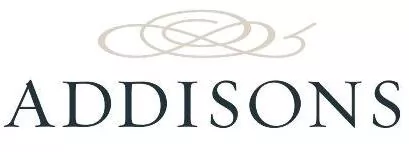Trade Mark Border Protection
Counterfeit goods are becoming available increasingly in many jurisdictions around the globe, including Australia, thereby depriving rights owners of significant income derived from their creative endeavours. In many circumstances, goods are brought into Australia without regard to Australian intellectual property rights. For Australian trade mark owners, a simple procedure is available under the Trade Marks Act which provides a practical and useful avenue to protect their trade marks. This involves working with the Australian Customs Service (Customs) to seize potentially infringing goods upon importation.
Notice of Objection
To initiate this procedure and to enable potentially infringing goods to be reviewed on entry, a Notice of Objection (Notice) must be provided to Customs. Potentially infringing goods can only be seized if there is a valid Notice in place and a valid trade mark is registered in respect of the goods for which the relevant Notice is lodged. A Notice can be lodged with Customs by the owner (or in some cases an authorised user) and allows Customs to seize goods when they appear to infringe Australian trade marks. The Notice is valid for four years (and can be re-lodged) to provide an ongoing, practical and effective means of preventing potentially infringing goods from entering Australia.
This service is available to every party who is a registered owner of a trade mark in Australia.For instance, current objectors include Adidas, Bonds and Ferrari. The size or nationality of a company is immaterial; the decision to protect a trade mark is one that each owner should make based on the potential damage to trade and reputation that the owner considers may result from infringing goods entering Australia.
The Seizure Procedure
Where a Notice is completed by a registered owner (objector) and lodged with Customs, Customs is entitled to seize goods which potentially infringe the relevant registered trade mark. Where seizure occurs, Customs must:
- provide written notice of seizure to the designated owner of the seized goods; provide written notice to each objector; and
- identify the goods seized and provide the full name and address of the designated
- owner of the potentially infringing goods being imported.
Customs will hold the goods for 10 working days (which may be extended for a further 10 working days). During this period, legal action can be commenced by the objector, the objector can consent to the goods being imported or the designated owner can voluntarily forfeit the goods (provided litigation has not commenced). Unless the objector commences legal action within this period or the designated owner forfeits the goods, Customs is required to release them by the end of this period. The objector must pay the reasonable costs incurred by Customs while enforcing the Notice - this may include the costs of transportation, storage and destruction of the seized goods. These costs are generally not incurred without a previous estimate being provided by Customs to the objector.
Way Forward
The overarching lesson for Australian trade mark owners is that a procedure is available (under which a Notice can be provided to Customs) to provide a cost-effective, practical and robust measure to ensure infringing (or counterfeit) goods do not reach Australian customers.
The assistance of Rahil Patel, Clerk, of Addisons in the preparation of this article is noted and greatly appreciated
For more information, please contact: Jamie Nettleton, PartnerTelephone: +61 2 8915 1030
Facsimile: +61 2 8916 2030
Email: jamie.nettleton@addisonslawyers.com.au
The content of this article is intended to provide a general guide to the subject matter. Specialist advice should be sought about your specific circumstances.

